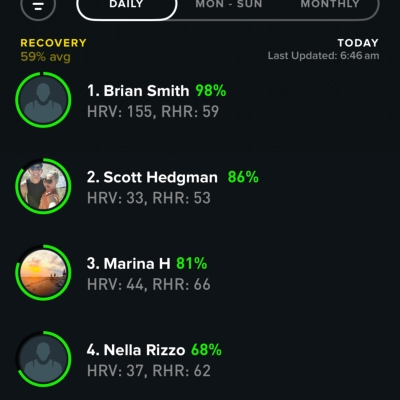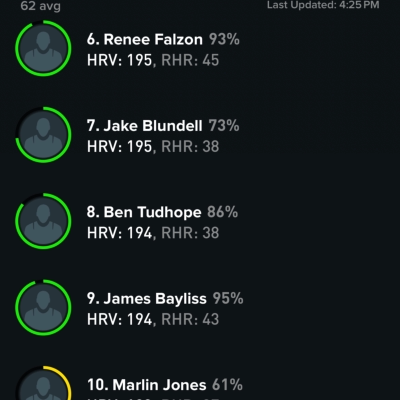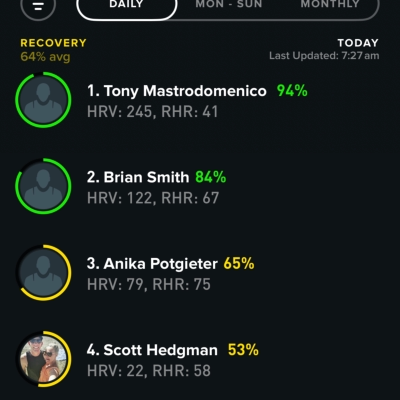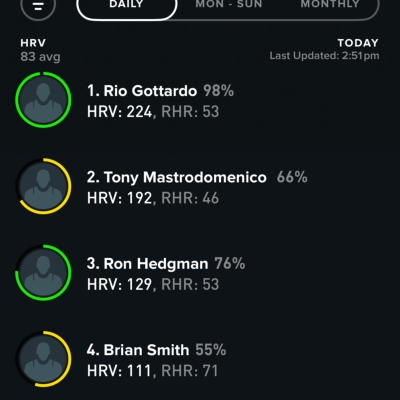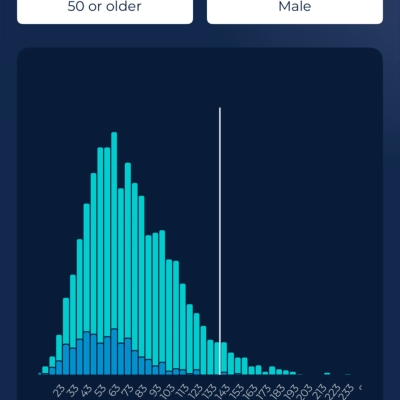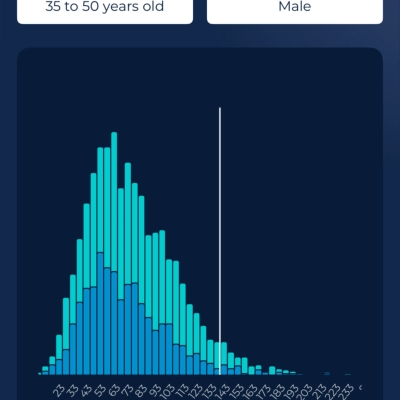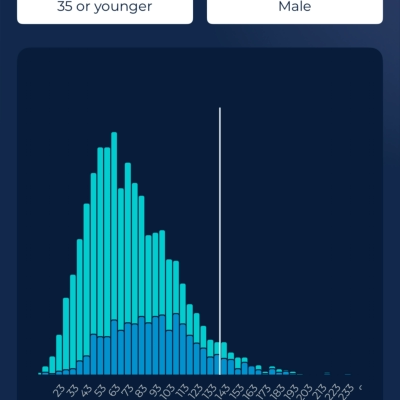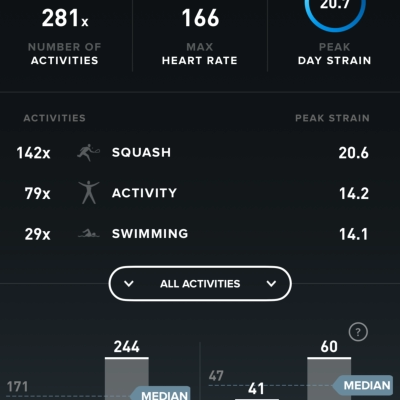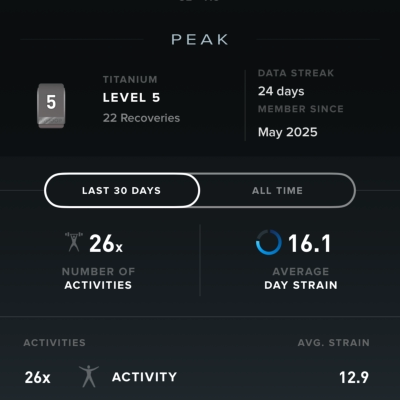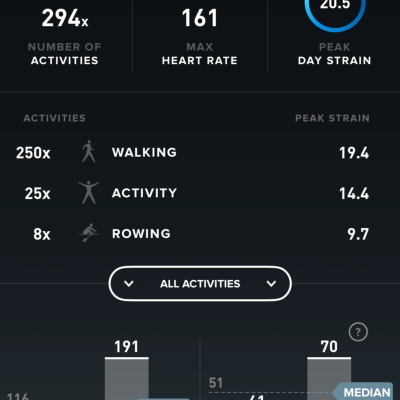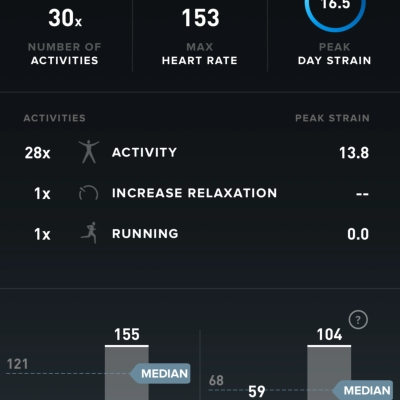Brians Proof Of Age
Rons Whoop Age
Rios Whoop Wearable
Tony Is A Miracle
Testing the Tools
There are over 200,000 athletic users of the HRV4Training app worldwide mostly endurance athletes and performance- focused individuals. Ron, age 76, isn’t one of them. But he’s been testing the HRV4Training smartphone app to evaluate its potential integration with the SUZIE wellness platform. This is part of SUZIE’s ongoing mission to validate and enhance HRV tracking using real-world, non-athlete populations—proving that elite recovery isn’t just for the elite.76 vs Under 35
In the chart, the light blue bars represent 200,000+ HRV4Training users, most of whom are active athletes. The dark blue bars show the average HRV for users aged 35 and under. Ron, age 76—whose HRV consistently ranks at the top end of both groups, despite being more than twice their age. Ron’s not an athlete. He credits his performance to SUZIE and its 360 million unique coded light frequencies, designed to support cellular recovery, nervous system balance, and biological resilience.The Hidden Cost of Aging
Even among this fit and active demographic, there’s a noticeable shift in HRV scores downward—illustrated by the dark bars trending lower than those of the under-35 group in the previous chart. As we age, health issues often begin silently, sometimes taking years to surface. HRV drops because the body is already under stress,quietly fighting inflammation, imbalance, or early-stage disease long before symptoms appear. High HRV isn't luck,it's cellular intelligence.The Decline
This chart highlights a clear trend: as athletes age beyond 50, HRV values consistently decline. The lighter blue bars show younger age groups, while darker shades represent older users, revealing the tapering off of recovery and resilience with age, even in fit individuals. But then there’s Ron. At 76, his HRV doesn’t just hold up,it outperforms nearly every age group. His results stand tall across all graphs, proving that age-related decline isn’t inevitable.These four mates
Rio, Tony, Ron and Brian have an average age of 79.5, they boast an average Heart Rate Variability (HRV) of 149. That’s not just good—it’s remarkable. HRV is a key indicator of resilience, recovery, and overall well- being. In most people their age, HRV is expected to decline—but not for this group.Tony: HRV of 245 at Age 77
At 77 years old, Tony recorded a staggering HRV of 245 ms—a score more commonly seen in elite athletes in their 20s. Even more impressive: His 12-month average HRV is 179 ms He plays competitive squash to stay active and he’s a cancer survivor This isn’t a one-off. It’s a new blueprint for aging well.Ron, 76, Outperforms
22,988 Athletes on this day, Ron recorded an HRV of 191 ms—ranking 12th out of 23,000 Australian WHOOP users. These users are typically young, active athletes. Ron is 76 years old. This is not just unusual—it’s extraordinary. This isn’t just healthy aging—it’s a new standard.SBrian, 83, Inactivemple
Brian: 20 Years with SUZIE—And Still Going Strong. Brian shows what long- term wellness can look like: HRV today 155 with a 12-month average HRV of 121. What makes this even more remarkable? Brian does no structured exercise—yet he’s still actively training racehorses and hasn’t retired. This is a true testament to the power of SUZIE in supporting longevity and cellular resilience.The Four Oldies: Defying Age with an HRV of 149
Rons HRV Levels Puts Him Among The Elite
Proof Of Age For These Oldies
Not just aging well—redefining what’s possible
Ron has spent 30 years formulating over 360 million coded light frequencies, and he wears SUZIE daily. His consistently high HRV is a testament to the
regenerative power of this light-based technology.
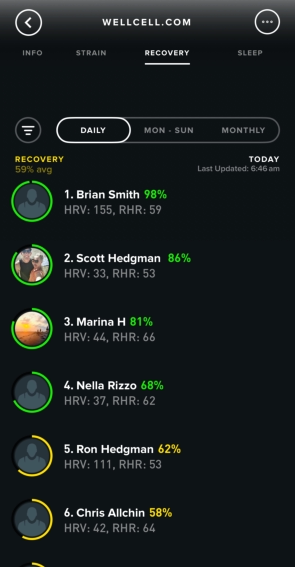
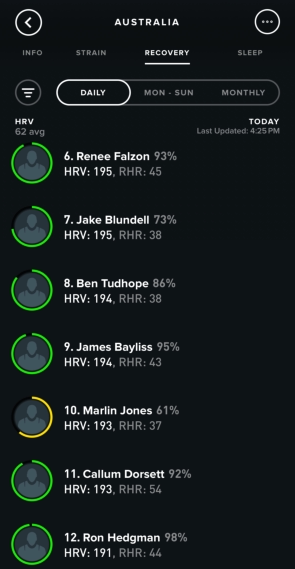
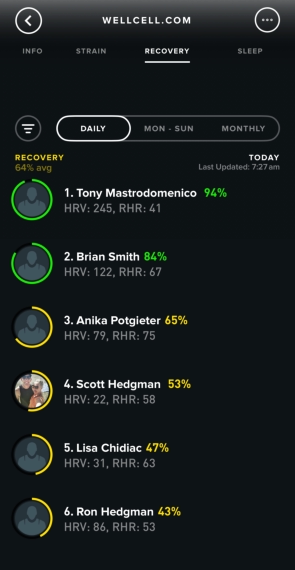
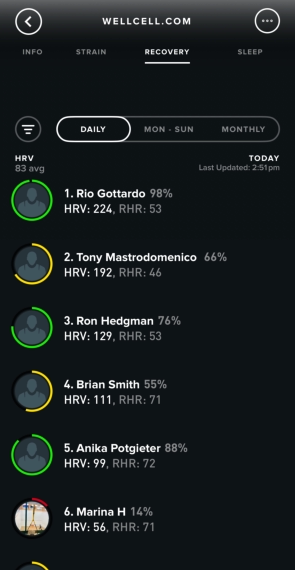
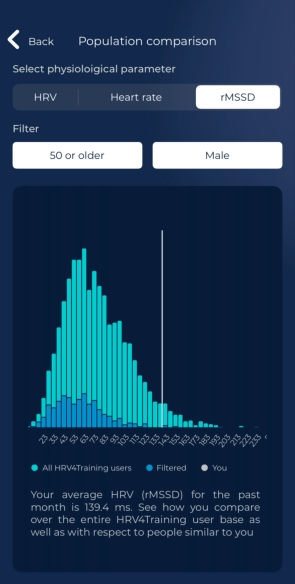
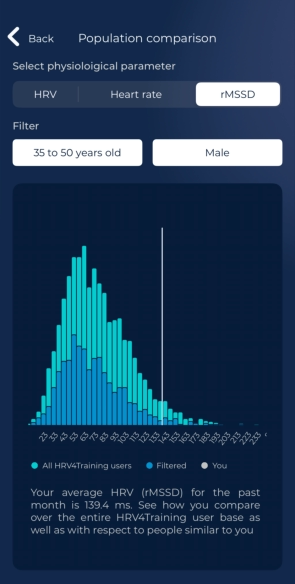
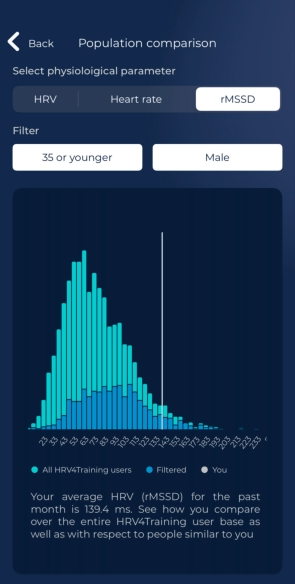
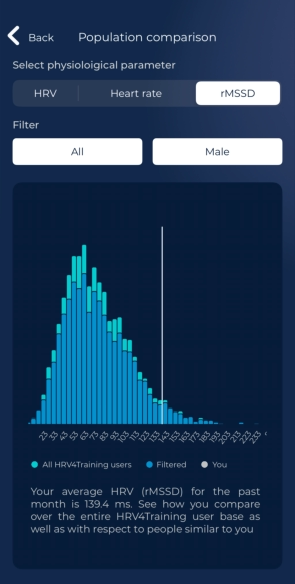
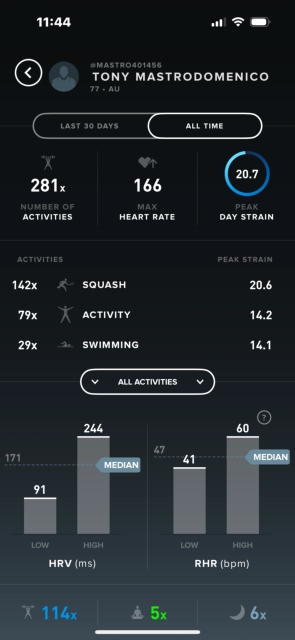
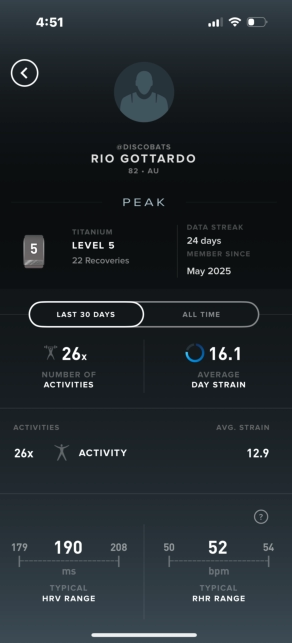
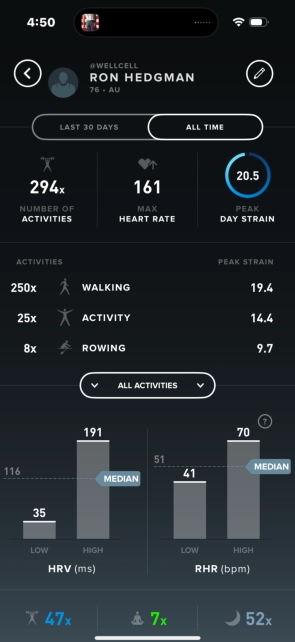
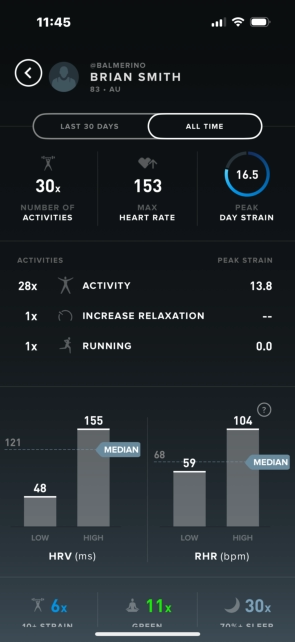

Brians Proof Of Age
Rons Whoop Age
Rios Whoop Wearable
Tony Is A Miracle
Testing the Tools
There are over 200,000 athletic users of the HRV4Training app worldwide mostly endurance athletes and performance-focused individuals. Ron, age 76, isn’t one of them. But he’s been testing the HRV4Training smartphone app to evaluate its potential integration with the SUZIE wellness platform. This is part of SUZIE’s ongoing mission to validate and enhance HRV tracking using real-world, non-athlete populations—proving that elite recovery isn’t just for the elite.76 vs Under 35
In the chart, the light blue bars represent 200,000+ HRV4Training users, most of whom are active athletes. The dark blue bars show the average HRV for users aged 35 and under. Ron, age 76—whose HRV consistently ranks at the top end of both groups, despite being more than twice their age. Ron’s not an athlete. He credits his performance to SUZIE and its 360 million unique coded light frequencies, designed to support cellular recovery, nervous system balance, and biological resilience.The Hidden Cost of Aging
Even among this fit and active demographic, there’s a noticeable shift in HRV scores downward—illustrated by the dark bars trending lower than those of the under-35 group in the previous chart. As we age, health issues often begin silently, sometimes taking years to surface. HRV drops because the body is already under stress,quietly fighting inflammation, imbalance, or early- stage disease long before symptoms appear. High HRV isn't luck,it's cellular intelligence.The Decline
This chart highlights a clear trend: as athletes age beyond 50, HRV values consistently decline. The lighter blue bars show younger age groups, while darker shades represent older users, revealing the tapering off of recovery and resilience with age, even in fit individuals. But then there’s Ron. At 76, his HRV doesn’t just hold up,it outperforms nearly every age group. His results stand tall across all graphs, proving that age- related decline isn’t inevitable.These four mates
Rio, Tony, Ron and Brian have an average age of 79.5, they boast an average Heart Rate Variability (HRV) of 149. That’s not just good—it’s remarkable. HRV is a key indicator of resilience, recovery, and overall well-being. In most people their age, HRV is expected to decline—but not for this group.Tony: HRV of 245 at Age 77
At 77 years old, Tony recorded a staggering HRV of 245 ms—a score more commonly seen in elite athletes in their 20s. Even more impressive: His 12-month average HRV is 179 ms He plays competitive squash to stay active and he’s a cancer survivor This isn’t a one-off. It’s a new blueprint for aging well.Ron, 76, Outperforms
22,988 Athletes on this day, Ron recorded an HRV of 191 ms—ranking 12th out of 23,000 Australian WHOOP users. These users are typically young, active athletes. Ron is 76 years old. This is not just unusual—it’s extraordinary. This isn’t just healthy aging—it’s a new standard.SBrian, 83, Inactivemple
Brian: 20 Years with SUZIE—And Still Going Strong. Brian shows what long-term wellness can look like: HRV today 155 with a 12-month average HRV of 121. What makes this even more remarkable? Brian does no structured exercise—yet he’s still actively training racehorses and hasn’t retired. This is a true testament to the power of SUZIE in supporting longevity and cellular resilience.The Four Oldies:
Defying Age with an
HRV of 149
Rons HRV Levels
Puts Him Among
The Elite
Proof Of Age For
These Oldies
Not just aging
well—redefining
what’s possible
Ron has spent 30 years formulating over 360 million
coded light frequencies, and he wears SUZIE daily. His
consistently high HRV is a testament to the
regenerative power of this light-based technology.
